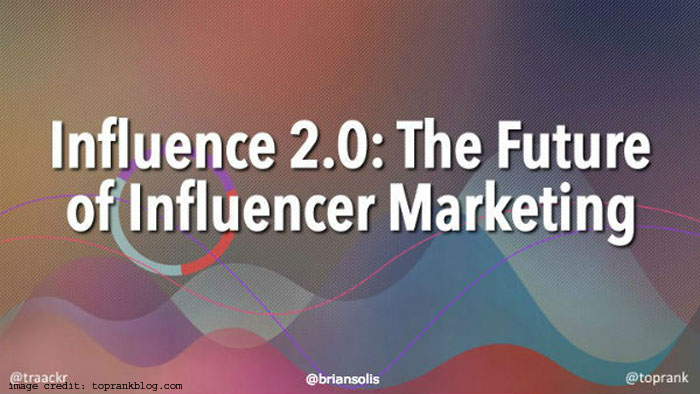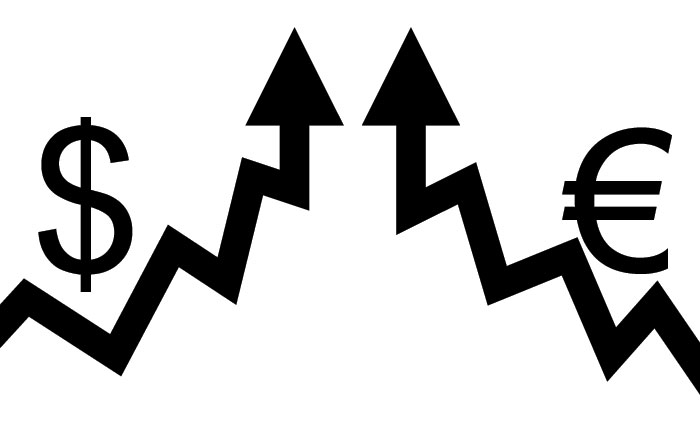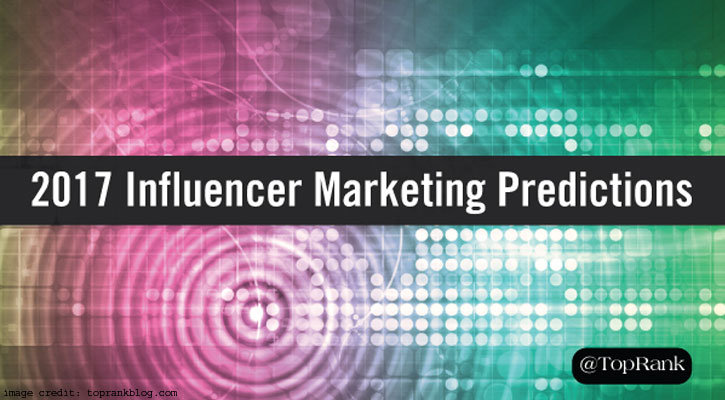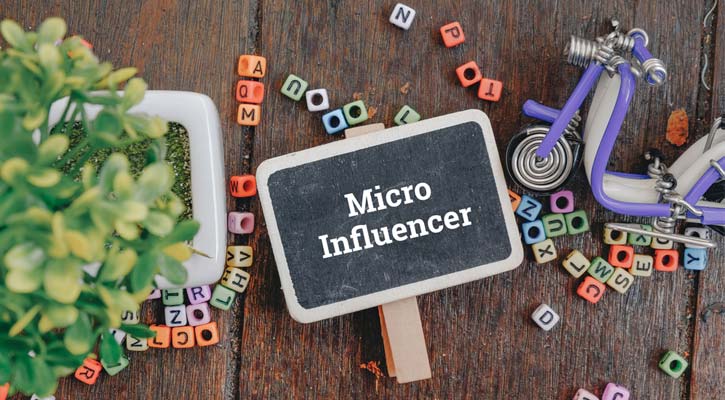Influencer marketing has become increasingly popular with the widespread use of social media platforms. In fact, almost every company out there has at least given influencer marketing a try, and many have experienced great revenues thanks to influencer marketing. However, despite all this, most marketers are still only experimenting with this type of marketing or they’re only running individual campaigns instead of investing in ongoing programs according to Ayaz Nanji, a research writer for MarketingProfs. For this reason, marketing companies like Linqia and Altimeter, have set out to find out where influencer marketing was heading in 2017.
Influencer Marketing Research
Between August and September last year, the companies Altimeter and Traackr in partnership with TopRank Marketing have conducted a survey of 102 marketers and strategist to examine the current state of influencer marketing. Their findings were published in a report titled Influence 2.0: The Future of Influencer Marketing. The report introduces a concept called as ‘Influence 2.0’ for the future of enterprise businesses. What Influence 2.0 suggests is true customer centricity and the growth in digital transformation. The statistics outlined in the report show in themselves what works and what doesn’t in today’s marketing, but marketers will find the additional suggestions provided there helpful.

What The Survey Found?
The respondents in the aforementioned survey were mostly larger companies with over 1000 employees, and almost half of them (43%) stated that they were only experimenting with influencer marketing. Furthermore, 28% of the respondents said that they called for influencers in individual campaigns and only 24% had influencers involved in continuous programs. Only 5% of the respondents stated that they involved influencers in all their marketing activities. However, the use of influencer marketing varied greatly among different businesses. Business-to-consumer (B2C) companies seem to be the most actively engaged with influencers as 55% stated that they employed ongoing influencer programs while 83% stated that building a one-to-one relationship with key influencers was their top priority. On the other side of the spectrum are business-to-business (B2B) companies where only 15% said they were running ongoing programs.
Other Findings
 However, other research on this same topic had slightly different findings. Linqia, an influencer marketing platform has conducted its own research and the findings were published in their paper called The State of Influencer Marketing 2017. According to Linqia’s report, influencer marketing has experienced an explosive growth last year with 86% of marketers saying they used the tactic and 94% saying they found it highly effective.
However, other research on this same topic had slightly different findings. Linqia, an influencer marketing platform has conducted its own research and the findings were published in their paper called The State of Influencer Marketing 2017. According to Linqia’s report, influencer marketing has experienced an explosive growth last year with 86% of marketers saying they used the tactic and 94% saying they found it highly effective.
Investment in influencer marketing also seems to be booming with marketers spending between $25.000 and $50.000 per influencer marketing program. However, the survey’s respondents also said that they plan to double on these investments in 2017 with some planning to spend as much as $100.000 per program.
Why Utilize Influencer Marketing In 2017?
As far as the reasons behind influencer marketing endorsements go, there seem to be agreements between the two surveys. In the Influence 2.0 report, 94% of the surveyed marketers stated that the main reason why they involved influencers was to improve brand advocacy. Other cited reasons were to increase brand awareness and to reach their target audiences. As far as the Linqia survey goes, most respondents (89%) said they used influencer marketing in order to create authentic content about the brand but also to drive engagement around a particular brand (77%). More than half (56%) stated that they utilized this marketing tactic to drive more traffic to their websites or landing pages.
The Challenges of Influencer Marketing In 2017
 However, influencer marketing, being a relatively new type of marketing tactic comes with its own set of challenges. The most commonly cited challenge for 2017 that marketers face is measuring the actual ROI of influencer marketing according to the Linqia survey. Around 61% of marketers are measuring their ROI through audience reach but which we know has its setback (purchasing of fake followers). Another commonly cited challenge is finding which influencer to work with according to 45% of the respondents. As far as the most preferred social media platforms for influencer marketing go, Instagram and Facebook are still taking the lead with almost 90% of the respondents looking for their influencers there. These were followed by blogs (48%), Twitter (44%), and Snapchat being the least used social media platform as only 28% of the respondents turned to this platform. By the looks of it, more and more marketers will likely be turning to platforms like ProvenSEO to make looking for the best influencers and marketing strategies easier.
However, influencer marketing, being a relatively new type of marketing tactic comes with its own set of challenges. The most commonly cited challenge for 2017 that marketers face is measuring the actual ROI of influencer marketing according to the Linqia survey. Around 61% of marketers are measuring their ROI through audience reach but which we know has its setback (purchasing of fake followers). Another commonly cited challenge is finding which influencer to work with according to 45% of the respondents. As far as the most preferred social media platforms for influencer marketing go, Instagram and Facebook are still taking the lead with almost 90% of the respondents looking for their influencers there. These were followed by blogs (48%), Twitter (44%), and Snapchat being the least used social media platform as only 28% of the respondents turned to this platform. By the looks of it, more and more marketers will likely be turning to platforms like ProvenSEO to make looking for the best influencers and marketing strategies easier.
Also See : Influencer Marketing: Top 7 Reasons Why It’s the Future
Conclusion
Influencer marketing is one of the most popular buzzword in today’s media-driven world that seems to have caught the attention of mostly B2C companies. According to the surveys mentioned in this article, influencer marketing has experienced a boom last year, and as evidence shows, investments in influencer marketing will continue to expand in 2017. With social media platforms like Instagram and Facebook being the most popular place to find Influencers, we should continue to see more and more companies using them as marketing platforms. Other than that, marketers will need to think of smart ways to measure their ROI and to seek help from marketing platforms.




